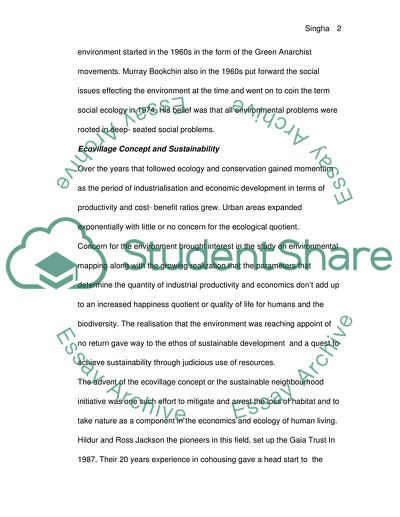Cite this document
(“Urban Ecovillages and Neighborhood Initiatives Essay - 1”, n.d.)
Urban Ecovillages and Neighborhood Initiatives Essay - 1. Retrieved from https://studentshare.org/social-science/1751066-a-series-suggestion-of-principles-and-strategies-that-could-be-employed-to-create-more-urban-ecovillages-and-sustainable-urban-neighbourhood-initiatives
Urban Ecovillages and Neighborhood Initiatives Essay - 1. Retrieved from https://studentshare.org/social-science/1751066-a-series-suggestion-of-principles-and-strategies-that-could-be-employed-to-create-more-urban-ecovillages-and-sustainable-urban-neighbourhood-initiatives
(Urban Ecovillages and Neighborhood Initiatives Essay - 1)
Urban Ecovillages and Neighborhood Initiatives Essay - 1. https://studentshare.org/social-science/1751066-a-series-suggestion-of-principles-and-strategies-that-could-be-employed-to-create-more-urban-ecovillages-and-sustainable-urban-neighbourhood-initiatives.
Urban Ecovillages and Neighborhood Initiatives Essay - 1. https://studentshare.org/social-science/1751066-a-series-suggestion-of-principles-and-strategies-that-could-be-employed-to-create-more-urban-ecovillages-and-sustainable-urban-neighbourhood-initiatives.
“Urban Ecovillages and Neighborhood Initiatives Essay - 1”, n.d. https://studentshare.org/social-science/1751066-a-series-suggestion-of-principles-and-strategies-that-could-be-employed-to-create-more-urban-ecovillages-and-sustainable-urban-neighbourhood-initiatives.


